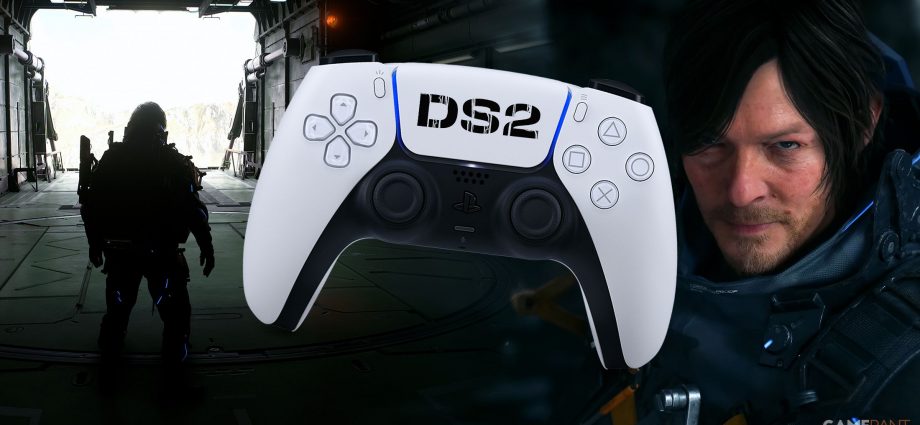The PS5 DualSense is without a doubt one of the greatest gaming controllers ever made, and it is widely regarded as such in the industry. Most of this praise comes from its haptic feedback and adaptive triggers, which allow players to more fully immerse themselves in their favorite PS5 games by essentially making the controller an extension of their character and gameplay. Now, Death Stranding 2: On the Beach offers further evidence of why that praise is so justified, as it makes the DualSense controller a true extension of Sam.
While the original Death Stranding didn’t initially take advantage of the DualSense’s revolutionary features, Death Stranding Director’s Cut later did, adding elements like trigger resistance when transporting cargo and the feeling of terrain beneath Sam’s feet. However, Death Stranding 2 ramps up support for the DualSense to increase that immersion tenfold by tapping into the controller’s full potential. As a result, players can take on orders in the sequel and make long, often treacherous journeys, feeling every step and misstep, every storm and raindrop, and every shift in the cargo on Sam’s back along the way.

Related
Sam’s Hair Change in Death Stranding 2 Says More Than He Ever Will
Death Stranding 2 never explains Sam’s hair change, but it might be the one detail quietly revealing more than the story or Sam himself ever will.
Death Stranding 2’s DualSense Features Make Sam’s Journey Feel Personal
Haptic Feedback Brings the World’s Weight to the Player’s Hands
One of the DualSense’s best features is its ability to communicate a character’s connection to the game world through haptic feedback, and that is very much true of the role it plays in Death Stranding 2. Firstly, there are a wide variety of textures on the terrain of Death Stranding 2‘s Australia and Mexico, and every one of those textures can be accurately felt through the controller. This is arguably one of the most important aspects of how the DualSense handles Death Stranding 2‘s gameplay too, since it revolves around extensive travel.
Death Stranding 2 ramps up support for the DualSense to increase that immersion tenfold by tapping into the controller’s full potential.
Secondly, just as it did in Death Stranding Director’s Cut, Timefall once again taps away at the controller when it falls, effectively putting players in Sam’s shoes as he navigates the rain and each drop gently lands on his jacket. These instances even trigger audio feedback from the controller, as it does its best attempt at a raindrop impression. With this, players are offered a better glimpse of what Sam is truly going through as he traverses the world of Death Stranding 2, communicating the idea that he isn’t just sauntering from one location to the next but surviving an environment that resists him at every turn.
Adaptive Triggers Make Balance and Burden a Physical Challenge
And then there is the DualSense’s adaptive trigger functionality, which plays a major part in communicating the weight of the cargo Sam is carrying and the physical challenges he faces on his journey. If players stack too much cargo on Sam’s back, he may begin to topple over at times if players adjust the control sticks even the slightest bit. During these moments, the triggers tighten, encouraging players to squeeze them tighter in order to keep Sam from falling. This ultimately allows players to gain a better understanding of Sam’s physical burden.
Even more audio feedback triggers on the DualSense when players perform actions like collecting Chiral Crystals and starting a sprint with an exoskeleton equipped.
This strain increases all the more as players try to climb up steep slopes or force their way through one of Death Stranding 2‘s environmental effects. Just as the world is constantly resisting Sam in these sequences, the DualSense’s adaptive triggers resist the player, making what could have been simple traversal something that establishes a deeper connection between Sam and the player with every delivery.
Of course, Death Stranding 2 likely could have communicated all of this without the DualSense, but the controller certainly enhances the experience and makes it more personal. If nothing else, it’s just a sign of what Hideo Kojima and other developers can accomplish when the controller is used as an extension of the character rather than mere gameplay feedback.




